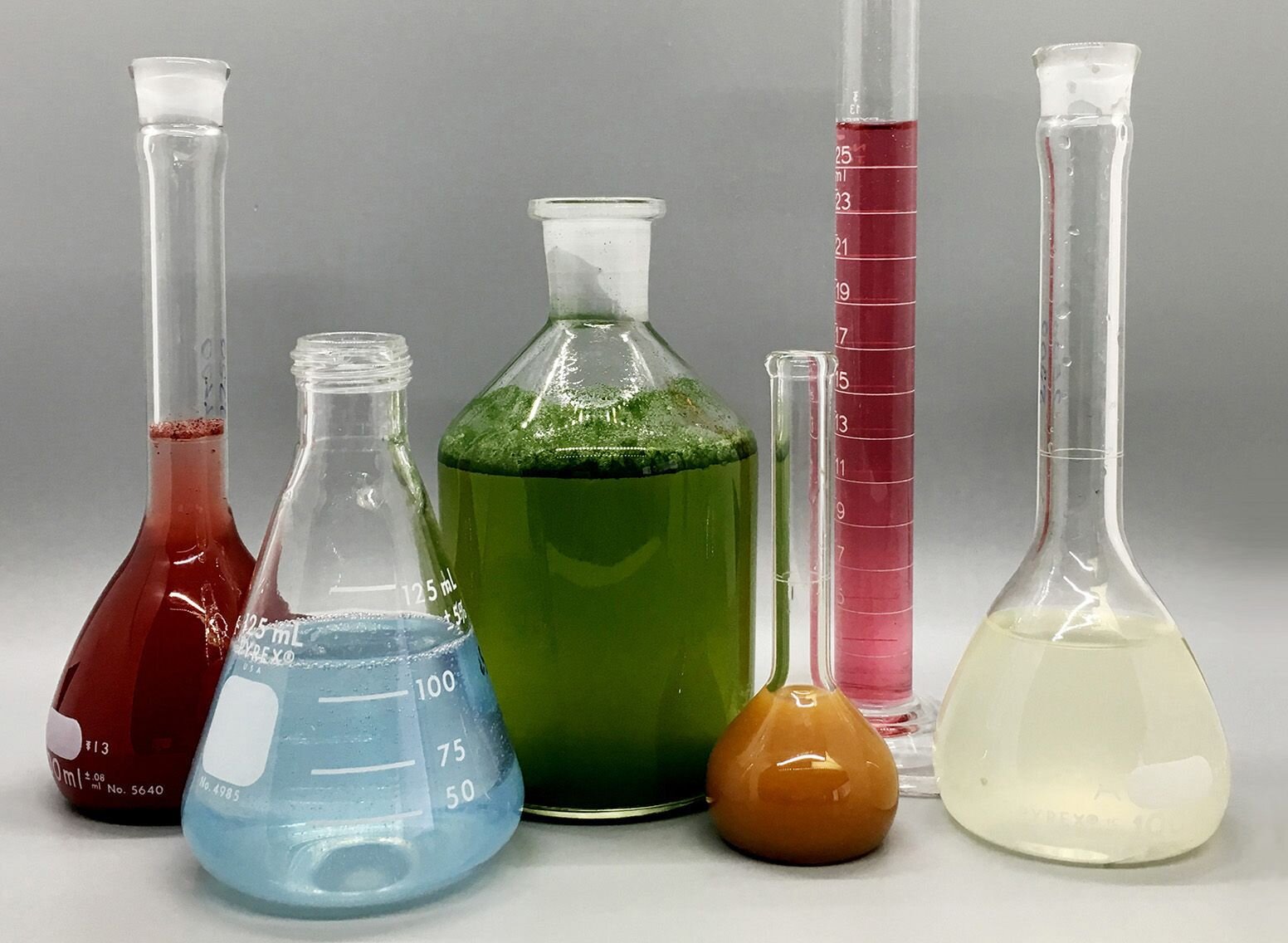The Only Guide for Circular Dichroism
Table of ContentsIndicators on Spectrophotometers You Should KnowThe Main Principles Of Uv/vis/nir The 7-Second Trick For SpectrophotometersThe Facts About Circular Dichroism UncoveredA Biased View of Circularly Polarized Luminescence

Spectrophotometry is most frequently applied to ultraviolet, noticeable, and infrared radiation, contemporary spectrophotometers can question wide swaths of the electro-magnetic spectrum, including x-ray, ultraviolet, visible, infrared, and/or microwave wavelengths. Spectrophotometry is a tool that hinges on the quantitative analysis of molecules depending upon how much light is taken in by colored substances.
Top Guidelines Of Circular Dichroism
A spectrophotometer is typically utilized for the measurement of transmittance or reflectance of options, transparent or opaque solids, such as polished glass, or gases. Lots of biochemicals are colored, as in, they take in visible light and therefore can be determined by colorimetric procedures, even colorless biochemicals can often be converted to colored substances appropriate for chromogenic color-forming responses to yield compounds suitable for colorimetric analysis.: 65 Nevertheless, they can likewise be developed to determine the diffusivity on any of the noted light varieties that typically cover around 2002500 nm utilizing various controls and calibrations.
An example of an experiment in which spectrophotometry is used is the decision of the equilibrium constant of a solution. A certain chemical reaction within an option may take place in a forward and reverse direction, where reactants form items and items break down into reactants. At some time, this chemical response will reach a point of balance called an equilibrium point.
The Main Principles Of Circularly Polarized Luminescence
The amount of light that goes through the service is indicative of the concentration of particular chemicals that do not enable light to pass through. The absorption of light is because of the interaction of light with the electronic and vibrational modes of particles. Each type of particle has an individual set of energy levels connected with the makeup of its chemical bonds and nuclei and hence will take in light of particular wavelengths, or energies, resulting in special spectral properties.
They are commonly used in numerous markets consisting of semiconductors, laser and optical production, printing and forensic examination, as well as in labs for the research study of chemical substances. Spectrophotometry is frequently utilized in measurements of enzyme activities, determinations of protein concentrations, determinations of enzymatic kinetic constants, and measurements of ligand binding reactions.: 65 Eventually, a spectrophotometer is able to determine, depending on the control or calibration, what substances are present in a target and precisely how much through computations of observed wavelengths.
Developed by Arnold O. Beckman in 1940 [], the spectrophotometer was developed with the help of his coworkers at his business National Technical Laboratories established in 1935 which would end up being Beckman Instrument Company and ultimately Beckman Coulter. This would come as a service to the previously produced spectrophotometers which were not able to absorb the ultraviolet correctly.
The Ultimate Guide To Spectrophotometers
It would be found that this did not provide satisfactory results, for that reason in Model B, there was a shift from a glass to a quartz prism which permitted better absorbance results - circular dichroism (https://lwccareers.lindsey.edu/profiles/4273853-julie-ann-desa-lorenz). From there, click this site Model C was born with a modification to the wavelength resolution which ended up having 3 units of it produced
It was produced from 1941 to 1976 where the price for it in 1941 was US$723 (far-UV accessories were a choice at additional expense). In the words of Nobel chemistry laureate Bruce Merrifield, it was "probably the most important instrument ever developed towards the improvement of bioscience." Once it ended up being ceased in 1976, Hewlett-Packard developed the very first commercially available diode-array spectrophotometer in 1979 referred to as the HP 8450A. It irradiates the sample with polychromatic light which the sample soaks up depending on its properties. Then it is transmitted back by grating the photodiode range which finds the wavelength area of the spectrum. Considering that then, the development and application of spectrophotometry gadgets has actually increased immensely and has ended up being one of the most ingenious instruments of our time.

Some Known Incorrect Statements About Circularly Polarized Luminescence
Historically, spectrophotometers utilize a monochromator containing a diffraction grating to produce the analytical spectrum. The grating can either be movable or fixed. If a single detector, such as a photomultiplier tube or photodiode is utilized, the grating can be scanned step-by-step (scanning spectrophotometer) so that the detector can determine the light intensity at each wavelength (which will represent each "step").
In such systems, the grating is repaired and the intensity of each wavelength of light is determined by a various detector in the array. Additionally, most modern-day mid-infrared spectrophotometers use a Fourier change technique to get the spectral info - https://www.startus.cc/company/olis-clarity. This technique is called Fourier transform infrared spectroscopy. When making transmission measurements, the spectrophotometer quantitatively compares the fraction of light that travels through a reference service and a test option, then electronically compares the strengths of the 2 signals and calculates the percentage of transmission of the sample compared to the referral requirement.
